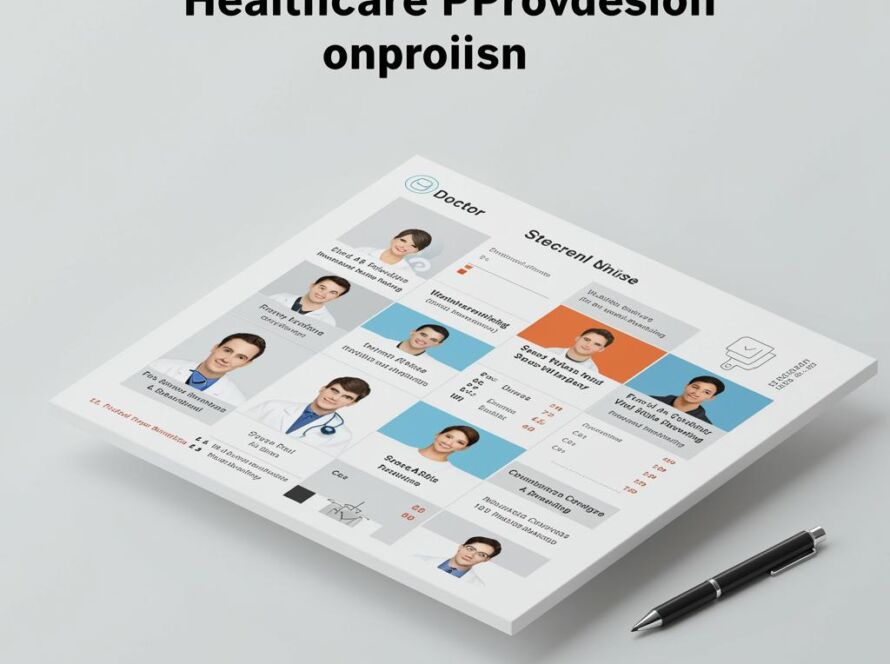Build a Thriving Wellness Program: A Step-by-Step Guide
Wellness Program Development: A Comprehensive Guide
In today’s fast-paced world, employee well-being is paramount to organizational success. A well-structured wellness program can significantly improve employee health, boost morale, and increase productivity. This guide provides a comprehensive overview of wellness program development, offering practical insights and actionable steps to create a thriving program within your organization.
1. Needs Assessment and Goal Setting
Before launching any program, it’s crucial to understand the specific needs of your employees. This involves conducting a thorough needs assessment.
Conducting a Thorough Needs Assessment
- Surveys: Anonymous surveys can gather data on employee health habits, interests, and perceived needs.
- Focus Groups: Small group discussions provide qualitative insights and allow for deeper exploration of specific topics.
- Health Data Analysis: Reviewing existing health data (e.g., absenteeism rates, health insurance claims) can highlight areas for improvement.
Setting SMART Goals
Once you understand your employees’ needs, establish Specific, Measurable, Achievable, Relevant, and Time-bound (SMART) goals. For example, instead of a general goal like “improve employee health,” aim for something like “reduce the average cholesterol level by 10% within one year.”
2. Program Design and Implementation
With clear goals in mind, you can begin designing your program’s components and implementation strategy.
Choosing Relevant Program Components
- Health Education: Workshops, webinars, and online resources on topics like nutrition, stress management, and physical activity.
- Health Screenings: Offering biometric screenings (e.g., blood pressure, cholesterol) can provide employees with valuable health information.
- Wellness Challenges: Engaging challenges can promote healthy habits and foster a sense of community.
- Incentives and Rewards: Rewarding participation and progress can motivate employees to engage with the program.
Crafting an Implementation Plan
- Secure Leadership Support: Gaining buy-in from leadership is essential for program success.
- Develop a Communication Strategy: Clearly communicate the program’s benefits and how employees can participate.
- Pilot Test the Program: A pilot test allows you to identify any issues and make necessary adjustments before full implementation.
3. Evaluation and Continuous Improvement
Regular evaluation is crucial for determining program effectiveness and making necessary adjustments.
Collecting Data and Measuring Outcomes
Track program participation rates, changes in health indicators, and employee feedback to assess the impact of your initiatives. Use pre- and post-program surveys to measure changes in health behaviors and knowledge.
Making Adjustments and Improvements
Based on the evaluation data, refine your program components, communication strategies, and incentive programs to maximize effectiveness and employee engagement.
4. Communication and Promotion
Effective communication is essential for promoting your wellness program and encouraging participation.
Utilizing Multiple Communication Channels
- Email Newsletters: Regularly share updates, tips, and success stories.
- Intranet: Create a dedicated intranet page with program information and resources.
- Posters and Flyers: Visual reminders can help raise awareness and generate interest.
- Company Meetings: Utilize company meetings to announce program launches and highlight key initiatives.
5. Budgeting and Resource Allocation
Developing a realistic budget is crucial for program sustainability.
Identifying Funding Sources
Explore various funding options, such as allocating a portion of the company’s healthcare budget, seeking grants, or partnering with local health organizations.
Tracking Expenses and ROI
Monitor program expenses and track the return on investment (ROI) by measuring reductions in healthcare costs, absenteeism, and presenteeism.
Conclusion
Developing a successful wellness program requires careful planning, implementation, and ongoing evaluation. By following the steps outlined in this guide, you can create a program that effectively supports employee well-being, fosters a positive work environment, and contributes to the overall success of your organization. Remember to prioritize employee feedback and continuously adapt your program to meet their evolving needs. A thriving wellness program is an investment in your most valuable asset – your employees.



